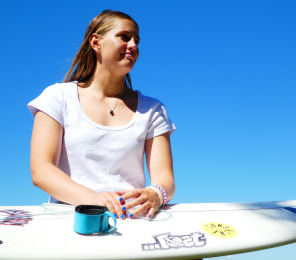The processes of collecting, recording and classifying information on the natural world will be explored this Friday by two visiting Cambridge University researchers.
Dr Edwin Rose and Professor Staffan Müller-Wille, from Cambridge’s Department of History and Philosophy of Science, will speak about the processes through which the knowledge of indigenous people was inserted into standardised systems of classifying and ordering from the time of Cook’s voyages through to the 1830s.
Natural history collecting formed an important part of voyages to the Pacific from the time of James Cook in the 1760s.
Cook had been instructed to observe, collect and take note of the uses of trees, fruits and grains while reporting on “the genus, temper, disposition & number of the natives”.
For European naturalists, many of the species they encountered were entirely new. For the indigenous people they encountered, plants and animals had been central to their societies for thousands of years.
After introducing their main research project, Natural History in the Age of Revolutions, 1776–1848, the Cambridge pair will outline the emergence of Linnaean botany and its integration with exploration.
They will explore the development of these practices during South Pacific voyages and the settlement of new colonies, starting with the work of Joseph Banks and Daniel Solander during James Cook’s first voyage.
They will also look at later figures, including botanist Allan Cunningham, who undertook numerous journeys in Australia, Tasmania and New Zealand, and how the information he collected inspired the development of so-called “natural systems” of classification by naturalist Robert Brown that are often considered “Western” constructs.
The talk will uncover the active contributions of indigenous people in these collecting enterprises — processes that revolutionised studies of the natural world in the decades around 1800.
Prof Müller-Wille will be accompanied by partner Elena Isayev, with whom he is working on a project involving Linnaeus’s journey to Lapland in 1732.
Event organiser Malcolm Rutherford — curator of the 1769 Garden at Waikereru Ecosanctuary, which is designed around the coming together of Te ao Māori and the Western world view — says they will repeat the presentation at the University of Auckland next Monday.
“For those of us interested in the history of plant collecting and its pros and cons, it’s a pretty good opportunity to nerd out a little.”
The free talk will take place at 7pm on Friday at the former Plunket building in Palmerston Road. For further information, email info@hpt.org.nz











